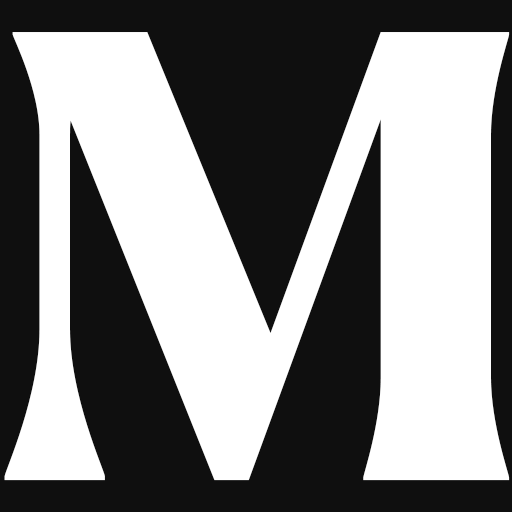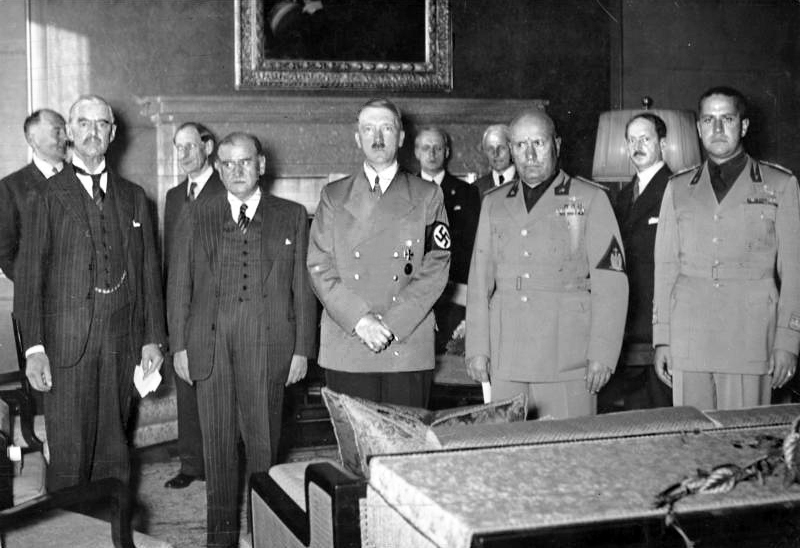In March 1938, Adolf Hitler successfully achieved the Anschluss—the annexation of Austria—without waging any battle. He intended to continue this momentum and now turned his attention to the Sudetenland. This was a region of Czechoslovakia where the population was predominantly German-speaking, having been colonized by Germans during the Middle Ages. It extended mainly across the official regions of Bohemia, with the concept later broadened to include the regions of Moravia and Silesia.
In his project of a Greater Germany that would unite all German-speaking territories, the Sudetenland was necessarily part of the plan, especially since the Germans living there appeared to agree: in September 1938, an insurrection spontaneously erupted among the Sudeten Germans against Czechoslovak authorities, supported by the Sudeten German Party (SdP) and fueled by a speech by Hitler a few days earlier, in which he accused the Czechoslovaks of oppressing the German minority. Following this event, Hitler demanded the cession of the Sudetenland. Fearing war, Europe sought to find a peaceful arrangement, which led to the Munich Agreement.
What was the Sudeten uprising?
The Sudeten uprising was an event that led to the conclusion of the Munich Agreement. A part of Czechoslovakia, bordering Germany, had been populated by German speakers for several centuries. Some wished to join the Reich that Hitler was creating. In September 1938, events escalated: after some clashes between supporters of the SdP and the authorities, the armed uprising began on September 13. Its magnitude forced the country to declare martial law, which enabled widespread suppression of the insurrection.
Nevertheless, unrest continued before resuming with renewed vigor on September 22. The Munich Agreement aimed to restore calm to the region by ceding the Sudetenland to Hitler. The British and French in particular still sought to maintain peace at all costs. Europe indeed saw in this crisis a real threat of war. It must be said that France was bound to Czechoslovakia by agreements: a war between Germany and Czechoslovakia would inevitably bring France into play.
What were the contents of the Munich Agreement?
Concretely, the Munich Agreement granted the Third Reich possession of the Sudetenland. It was signed on the night of September 29-30 by Arthur Neville Chamberlain, British Prime Minister, Mussolini, Hitler, and Daladier, President of the Council. The Czechoslovaks were not present to determine the fate of their own country.
The agreement gave Czechoslovakia 10 days to evacuate the region. The fortresses guarding the border also had to be dismantled, but the territory’s installations were to be preserved. Sudeten Germans who wished to be released from their police or military units were to be freed, and Czechoslovakia committed to releasing Sudeten German prisoners serving sentences for political offenses.
The territory was divided into 4 zones, associated with occupation dates. The Third Reich would thus be fully installed in the region by October 10. Although they did provide some guarantees on the integrity of the rest of the country, the Munich Agreement nonetheless sacrificed an ally. Upon his return to France, Daladier expected to be booed. However, the signing of this agreement was met with widespread approval, as memories of the previous war were still vivid and everyone feared a return to war.
What were the consequences of the Munich Agreement of 1938?
After the signing of the Munich Agreement, Hitler wasted no time and entered Czechoslovakia the very next day. An action that also benefited other countries. Although not mentioned in the Munich Agreement, Hungary contributed to the dismemberment of Czechoslovakia by seizing some territories, as did Poland, at Hitler’s invitation. Hungary obtained southern Slovakia, while the Teschen district in Silesia went to Poland.
The country’s democratic government resigned, allowing the Slovaks the opportunity to negotiate for what remained of the country to be separated into two distinct regions: Bohemia-Moravia where the Czechs were grouped, and Slovakia with the Slovaks. Czechoslovakia thus provisionally became a federal state. The ultimate goal, however, was for each to obtain independence, with Prague as the capital on one side and Bratislava on the other.
On the Western powers’ side, although not perceived as such at the time, it was a political failure of democracies in the face of Nazi authoritarianism. While the majority saw in this agreement a victory for peace, Churchill was then one of the few to point out that it was indeed a defeat. On October 5, he declared: “We have suffered a defeat without war.”
Why did Germany invade Czechoslovakia?
If Germany invaded Czechoslovakia, it was officially because the German speakers in the region deserved, according to Hitler, to be welcomed into the fold of Greater Germany. But the region was also very rich industrially and therefore strategic. This is why Hitler did not stop at the annexation of the Sudetenland.
The Munich Agreement did nothing to stop the coming of war nor quench Hitler’s thirst for conquest. Although he had promised that the annexation of the Sudetenland would mark the end of territorial conflicts in this sector, he violated the Munich Agreement barely a few months later, on March 15, 1939. Under the pretext of pacifying Bohemia-Moravia, Hitler sent his troops into the country and forced President Emil Hacha to sign a request for protection under threat of razing the country.
No order of resistance was therefore given to the Czechoslovak army. The invasion of Czechoslovakia was thus the prelude to that of Poland, which would this time trigger the entry into war of France and the United Kingdom.





